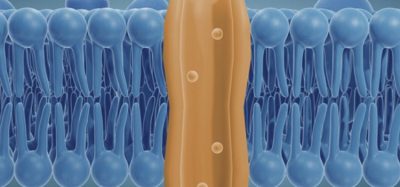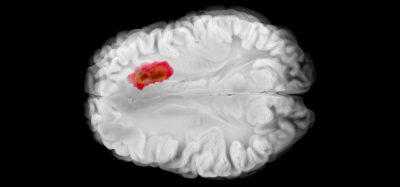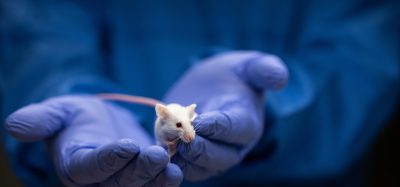New class of chiral molecules offers strong stability for drug development
Posted: 21 July 2025 | Drug Target Review | No comments yet
Scientists have created a new class of ultra-stable chiral molecules – a discovery that could lead to more precise drug design by preventing potentially harmful molecular “flipping” over time


Molecules known as chiral are mirror images of one another. Like a right and left hand, two molecules can have the same composition but a different shape and arrangement in space – a difference that can change everything. Understanding and controlling this is crucial in drug design.
Now, researchers at the University of Geneva (UNIGE), in collaboration with the University of Pisa, have developed a new class of stable chiral molecules – an achievement that could transform how drugs are engineered and stored. Their findings have been published in the Journal of the American Chemical Society.
What is chirality – and why does it matter?
A molecule, or any object, is said to be chiral if it cannot be superimposed on its mirror image by any combination of rotations, translations or geometric changes.
Automation now plays a central role in discovery. From self-driving laboratories to real-time bioprocessing
This report explores how data-driven systems improve reproducibility, speed decisions and make scale achievable across research and development.
Inside the report:
- Advance discovery through miniaturised, high-throughput and animal-free systems
- Integrate AI, robotics and analytics to speed decision-making
- Streamline cell therapy and bioprocess QC for scale and compliance
- And more!
This report unlocks perspectives that show how automation is changing the scale and quality of discovery. The result is faster insight, stronger data and better science – access your free copy today
This subtle but crucial asymmetry – known as chirality – is a universal feature in molecules and plays a crucial role in how they interact with living organisms. For chemists, designing chiral molecules with precise control is key to ensuring the efficacy and safety of drugs.
A world first: oxygen and nitrogen-centred chirality
Chirality typically stems from so-called “stereogenic centres”, which are often carbon atoms bonded to four different groups or atoms. But the team led by Jérôme Lacour, Professor in the Department of Organic Chemistry at UNIGE’s Faculty of Science, has introduced a completely new approach.
His group has developed a new type of stereogenic centre – one based entirely on oxygen and nitrogen atoms rather than carbon chains.
“Molecules with this new type of stereogenic centre had never been isolated in a stable form. Their synthesis and characterisation mark a major conceptual and experimental breakthrough,” explains Lacour.
Stability that stands the test of time
One of the major challenges in working with chiral molecules is their tendency to “flip” – transforming from one mirror image into the other, usually under heat or over time. This switching can turn an effective medicine into an inactive or even toxic compound.
But the new molecules developed by the UNIGE team show real chiral stability.
“Using dynamic chromatography techniques and quantum chemistry calculations, we have shown that, for the first molecule developed, it would take 84,000 years at room temperature for half a sample to transform into its mirror molecule,” explains Olivier Viudes, PhD student and first author of the study.
In practical terms, that means these molecules would remain stable over human-relevant timescales without needing special storage conditions. For a second molecule in the study, the mirror switch would take 227 days at 25 degrees – still extraordinarily stable by pharmaceutical standards.
Opening new doors in drug and material design
These new stereogenic centres provide chemists with powerful tools to precisely design 3D molecules with long-term stability. Their structure makes them promising candidates not only in pharmaceuticals but also in the development of advanced materials.
“These novel stereogenic centres offer a new way of organising molecular space. They open a whole new degree of freedom and imagination in chemical synthesis,” concludes Gennaro Pescitelli, professor at the University of Pisa and co-principal investigator of the article.
The future of chirality in chemistry
With the successful synthesis of these new and highly stable chiral molecules, the research could lead to safer, longer-lasting drugs. As scientists continue to solve the complexities of chirality, the ability to shape and lock molecules in precise geometries may offer a new level of control in medicine.
Related topics
Analysis, Assays, Drug Development, Drug Discovery Processes, Medicinal Chemistry, Molecular Modelling, Molecular Targets, Research & Development, Small Molecules, Structural Biology, Therapeutics, Translational Science
Related organisations
the University of Geneva (UNIGE), the University of Pisa








